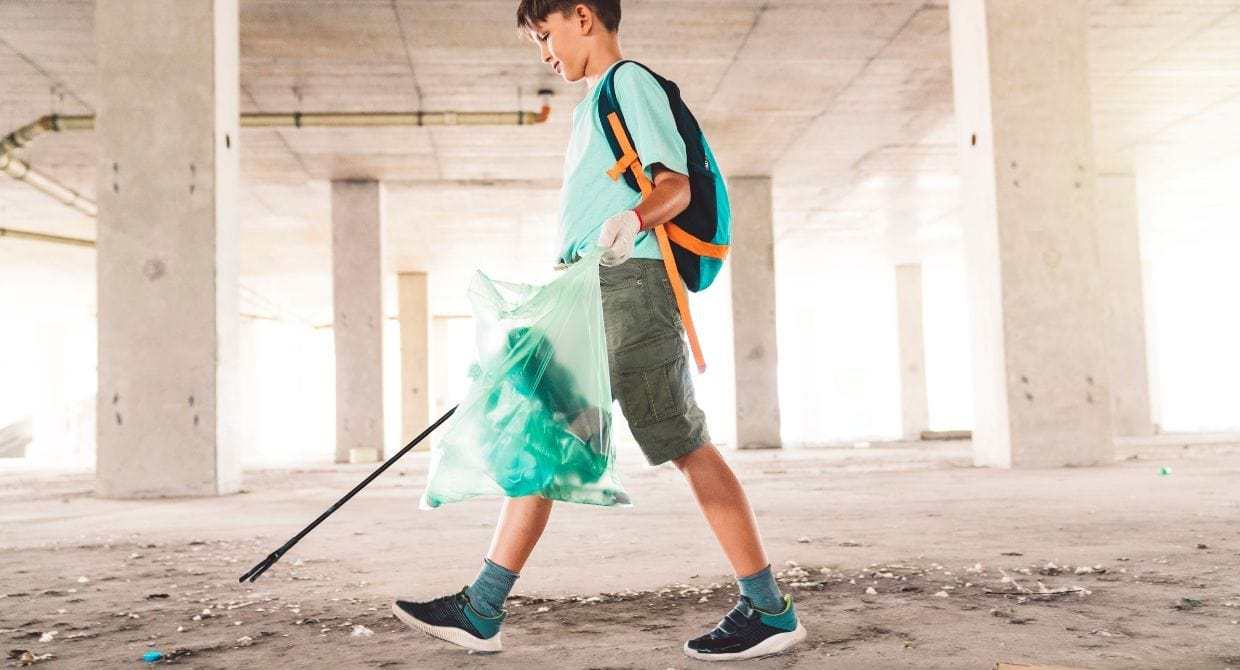 It’s Friday–the BEST day of the week–and 12-year-old Sam is walking to school.
It’s Friday–the BEST day of the week–and 12-year-old Sam is walking to school.
A piece of trash blows across his path before getting stuck in the chain-link fence. Along with school essays, sandwich wrappers, and crushed soda cans, it’s now part of a collage of debris, hopelessly clinging to the metal barrier as the wind blows through.
How disgusting, he thinks. Something has to be done.
The following day, Sam wakes up early and heads back to school. He wishes he could have slept in, had a big breakfast, maybe played some video games with his friends. But he couldn’t get that fence off his mind.
Armed with a picking stick and an extra-large trash bag, Sam spends his morning clearing the fence of all the trash. It’s not a glamorous job by any stretch of the imagination, but he beams with pride when the task is complete.
He discards the trash and heads home, ready for the weekend fun to begin.
Suppose this scenario leaves you thinking, What an awesome kid! His parents should be so proud. If so, you are certainly not alone.
But more likely than not, you’ve got something else on your mind. You may be wondering:
What did Sam’s parents do to raise such a socially responsible boy? And how can I do the same?
Fortunately, I have excellent news for you. You can raise socially responsible kids just like Sam!
In my years as a positive parenting educator, I’ve had the pleasure of helping over 100,000 families across the world learn how to bring joy back into their parenting journeys. Whether through my FREE WEBINAR, following along on social media, or remaining full members of the Positive Parenting Solutions® family–they all have one thing in common…
The desire to raise kind, compassionate, and well-behaved children.
Let’s get started! But first…
What Does it Mean to Be Socially Responsible?
The term “social responsibility” is thrown around a lot, particularly in the corporate world. We often relate philanthropic or charitable ventures to large companies and their commitment to their communities.
But social responsibility isn’t only intended for Fortune 500 companies. It can be boiled down to the most basic, individual level.
Simply put, social responsibility is the ethical idea that as humans, we have a greater responsibility to work with others for society’s good. Our actions have consequences, and we should work to ensure that our impact on others and the world is positive.
So now that you know what it means to be socially responsible, here are 5 ways you can raise socially responsible kids.
#1: Model Generosity and Accountability
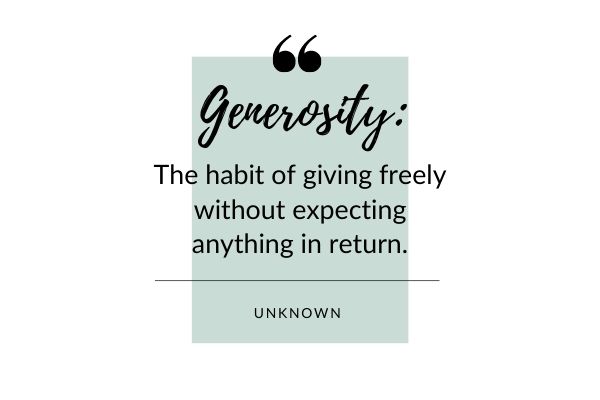
Generosity is a two-way street. You get what you give.
This reciprocal relationship is precisely the reason why you should model generosity for your children–because they will eventually send it right back at you!
It’s so easy to let our love for our children spill out in obvious ways. We give them hugs, have one-on-one time with them, leave little notes in their lunchboxes–the sky’s the limit when it comes to showing them how much we care.
So be generous with your caring attitude. They’re always watching and will likely reflect that out onto the world.
But don’t stop there! It’s equally important to make a point of being generous to other people as well. I’m talking about friends, family, co-workers, and even strangers.
Grab an extra coffee on a chilly morning for your son’s school crossing guard. Wait five more seconds to hold the door for the person behind you. Grab that stray shopping cart and put it away as you walk into the grocery store.
Having an outwardly generous attitude is such a simple way to make a significant impact on your children.
The same goes for accountability!
One of the best ways to do this is to be upfront about taking responsibility for your actions. When you’re wrong, admit your mistake and ask for forgiveness when necessary.
“I’m sorry I lost my temper and yelled at you this morning. Can you forgive me?”
It’s also very important to own up to your obligations.
“I brought this picnic lunch with me to the park today, so it’s MY responsibility to throw away the trash before leaving.”
If you intend to raise children with good values, you must actively exercise those values in front of them every single day. Trust me, after a while, it’ll feel like second nature to you, and they’ll catch on to those important lessons.
#2: Pick a Volunteer Project
If simply uttering the word “project” scares you away, I completely understand. After all, no one wants one more thing added to their already endless to-do list.
But I promise this type of project isn’t meant to be another chore for you or your kids to tackle. In fact, you may even find it, dare I say…enjoyable!
Volunteering is a beautiful way for your children to understand what it means to help others. It opens their eyes to the world around them while also instilling a sense of accomplishment and pride.
Because many kids learn best through hands-on, interactive environments, choosing volunteer opportunities that keep them active and engaged significantly increases the lesson payoff. So, keep an eye out for options that fit that bill.
Let’s get you started with a few ideas the whole family can participate in–from toddlers to grandparents!
- Participate in or organize a park cleanup.
- Donate toys, food, or clothing to a local shelter.
- Participate in a 5K Fun Run for a good cause.
- Explore your artistic side by making art for residents at a local assisted living or nursing facility.
- Recycle used goods from around the house.
If you’re looking for ideas for your older children to take part in, here are a few options:
- Volunteer at a food pantry.
- Rake leaves, mow the lawn, or shovel snow for an elderly neighbor.
- Make no-sew fleece blankets for a children’s hospital.
- Help out at an animal rescue, or make and deliver dog toys to shelters.
- Tutor younger students.
- Volunteer at a blood drive.
- Organize a group to adopt a highway.
#3: Focus on Empowerment
As parents, it can be hard to loosen the reins and allow our kids to grow independently.
We do things like pack their lunches, clean up their rooms, and remember their homework, even when they’re old enough to do it themselves. Why? Maybe because it’s easier, or we simply don’t feel like dealing with the whining when we ask them to do it themselves.
But the truth of the matter is, when we do everything for them, we fail to empower them to do it on their own.
And if there is one thing all children–both girls and boys–need, it’s to feel empowered!
And in case you didn’t see it coming, this absolutely applies to making socially responsible decisions.
While it’s easy to ask your 3-year-old to put away the toys another child left out, you’d want your older child to do it on his own. Not because he was asked to do the right thing, but because he knew he could because you empowered him to believe in himself.
You might say, “You are a competent and capable young man. I have confidence you know when to do the right thing.”
You’d also expect your teenage daughter not to stick her gum underneath the desk or leave her empty soda can on the steps outside of school.
“I’m so glad you understand how important it is to leave a space as clean as you found it.”
Just be sure to keep your comments on the encouraging side rather than doling out the flowery praise.
Pro Tip: Learn how to shift your language from praising to encouraging with these 27 Encouraging Phrases, free and in your inbox within minutes!
So you may be wondering, What does empowerment have to do with raising socially responsible kids?
The answer is simple. Empowered children empower others. Not just with their words, but with their actions as well.
Children who feel capable and confident to make decisions that better the world around them will ultimately serve as the catalyst for more positive change. These kids don’t just want to make the world a better place. They go out and do it!
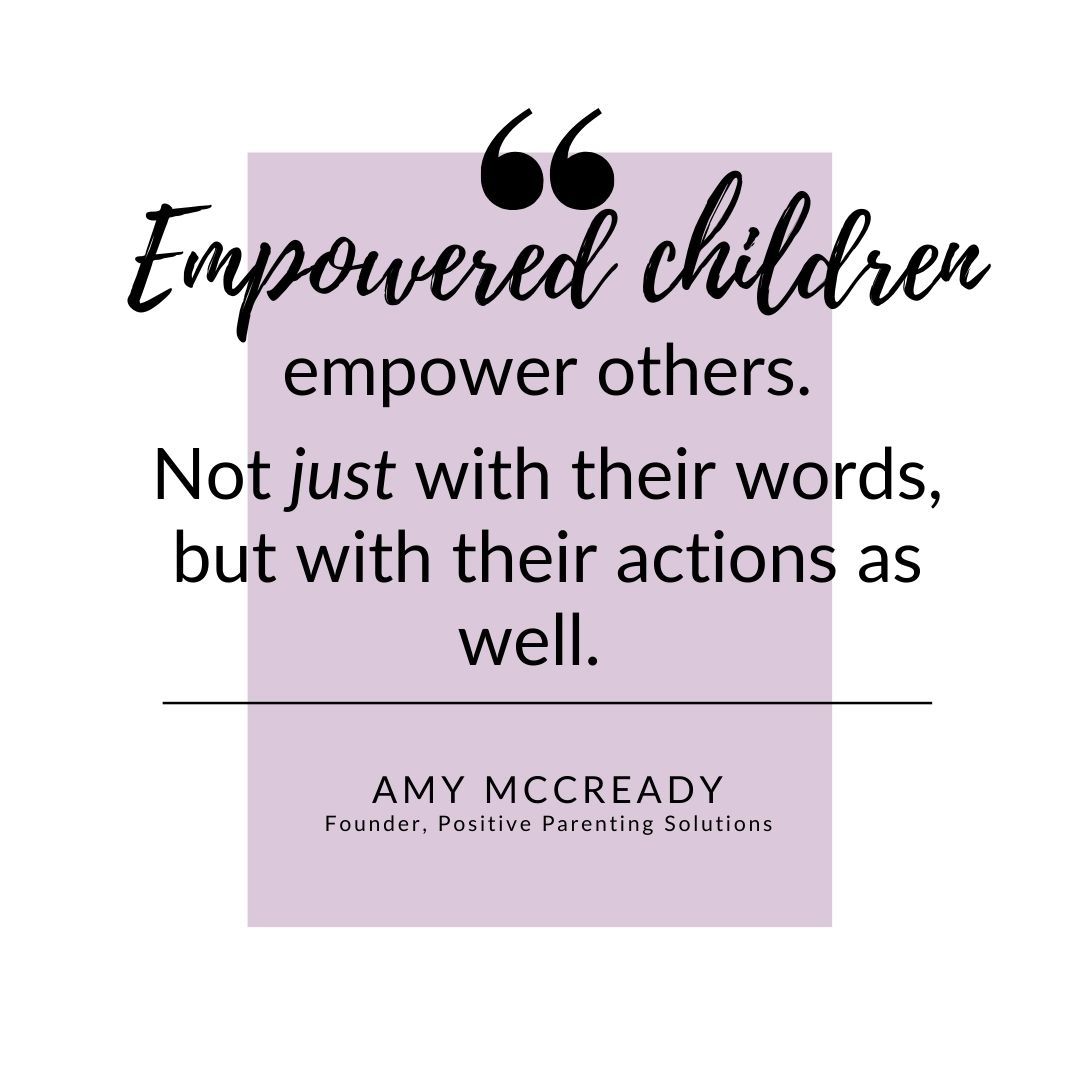
#4: Have a “We” Mentality, Not a “Me” Mentality
As adults, we know the world is a huge place, filled with billions of people and trillions of problems. But for our kids, it can be hard to see past their own small bubbles.
They have a mentality that shouts, “Me, me, me!” But if you want to get them less focused on themselves and more focused on others (the very heart of social responsibility!), you need to help them shift that thinking to “We, we, we!”
Picture this…
You pull up to the school pick-up line only to find your 10-year-old daughter standing there red-faced and fuming.
When you ask what’s made her so upset, she tells you right away.
“Allison asked Samantha to be her partner on the history project, even though she KNOWS Samantha is MY best friend! She should be MY partner, not Allison’s.”
You feel for your daughter and don’t want to see her upset, but a part of you is also left wondering: What’s the big deal?
The thing is, the problem may seem minor to you. But to your daughter, it is a big deal (even if it’s selfish).
So how can you get her to shift her mindset from a “me” mentality to a “we” mentality??
As mentioned earlier, one great option is to get them more involved in the community through volunteer efforts. Don’t aim to raise kids who volunteer simply for the sake of image or college admissions. Instead, help ignite their hearts with a desire to create real, positive change by helping those around them.
Encouraging their participation in team sports, band, or choir is another fantastic opportunity to help guide them out of that self-focused state. Not only will they have to learn to rely on others for the good of the whole, but they’ll also gain valuable insight into working as one cohesive unit.
Holding regular Family Meetings is a powerful way to get your family solving problems and making decisions as a team. With the hands-on practice they’ll get every week, they’ll learn how to respectfully bring up their concerns and find solutions for everyone, from the oldest person at the table to the very youngest.
Finally, if you have multiple children, make sure you’re allowing them the opportunity to work together to accomplish household contributions and volunteer efforts. Justin can wash the dishes, Erica can dry, and Kate gets to put them away!
Solo work is great, but what better way to get them out of that “me” mindset than by working closely with their own siblings? And as a nice little bonus, this one-on-one sibling time may even lead to less fighting and rivalry.
Pro Tip: Positive Parenting Solutions® Members can find 10 Tips for Sibling Harmony in Step 5 of The 7-Step Parenting Success System® online training program.
#5: Assign Family Contributions
Can I tell you something very important that many families overlook?
Every single member of the family (no matter how young or how much they complain) must contribute for the family to function successfully.
That’s right, from toddler to grandparent, everyone brings something of value to the table! Mom and Dad may go to work and provide for the family, but we all know it takes a lot more than that to keep a household running smoothly.
There are meals to be made, schedules to keep, chores to do–the list goes on and on. Fortunately, kids can help! And the great thing is, they want to feel essential to the family because it provides them with a hefty dose of belonging and significance.
Because your kids want to feel needed and important to your family, you can capitalize on that desire by allowing them to contribute in meaningful ways. Make their efforts even more socially relevant by labeling them as Family Contributions.
Kids are often way more capable than parents give them credit for, so it’s important to sit down and figure out which jobs (contributions) they can do around the house regularly.
If you have toddlers, try asking them to help you by turning off the lights while being carried, carrying in the mail, or refilling the pet food bowls. Trust me, they’ll love it!
Older children can help clean the bathrooms, rake leaves, take the dog for a walk–there are so many choices! And don’t forget, your driving teens can help cart their younger siblings around or go on a quick grocery run.
No matter what the job is, they’ll benefit greatly–especially when they see what positive impact their contributions have on the family unit.
Helpful Hint: Need more ideas for chores for every age? Download my FREE and instant Chores for Kids Bundle!
Final Thoughts
Your children don’t need their sights set on saving the rainforest or significant social change to make a difference in the world. Social responsibility can happen on the micro-level. In fact, it’s often in those small areas of generosity and good conscience that those seeds are best sown.
By putting a little extra effort into broadening their horizons and helping them think outside themselves, you’ll be well on your way to raising kind and compassionate social citizens.





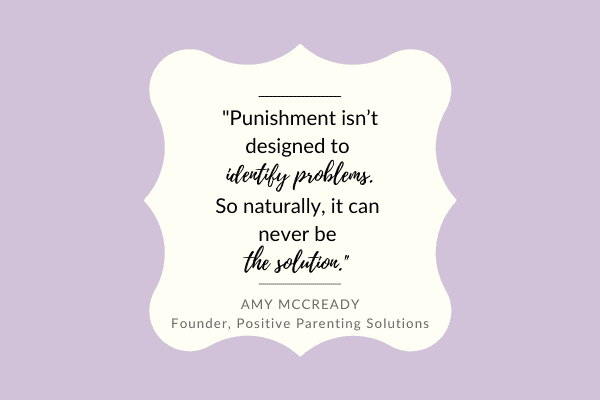



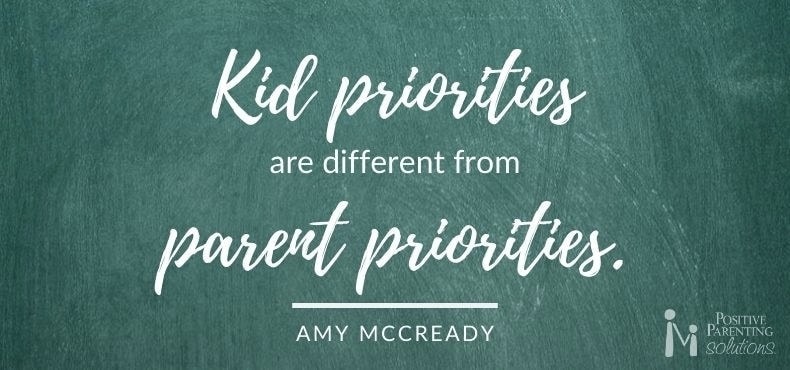




 Michelle Icard (pronounced IKE-urd) is a speaker, author, and educator who helps kids, parents, and teachers navigate the complicated social world of early adolescence. Her latest book,
Michelle Icard (pronounced IKE-urd) is a speaker, author, and educator who helps kids, parents, and teachers navigate the complicated social world of early adolescence. Her latest book, 
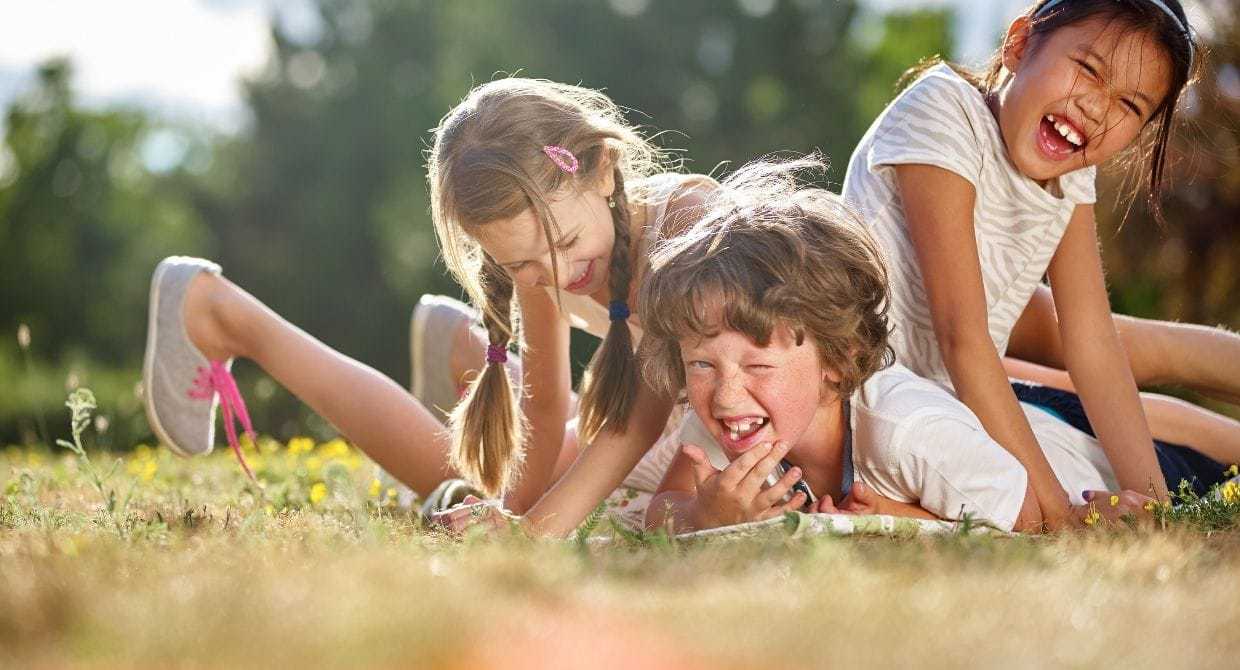
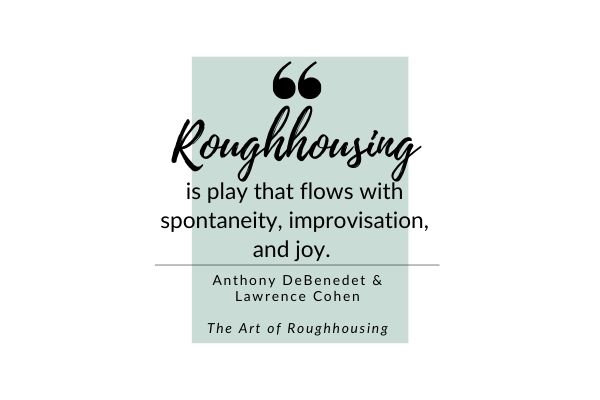


 “Mom, I’m so bored,”
“Mom, I’m so bored,” 




